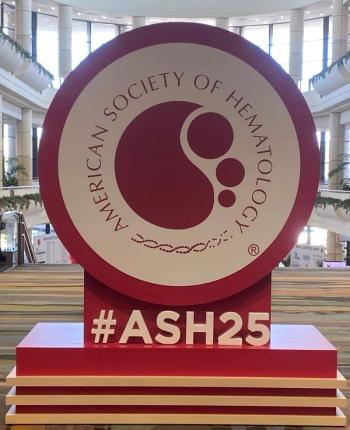
Treating Late-Stage Lung Cancer Not Cost-Effective: JTO Study
A prospective study published in The Journal of Thoracic Oncology found that the average cost to screen high-risk individuals for developing lung cancer with low-dose computed tomography plus the average cost of curative intent treatment, like surgery, is lower than the average cost to treat advanced stage lung cancer, which quite rarely results in a cure.
The National Lung Cancer Screening Trial (NLST) has previously shown that LDCT screening of people at high-risk for lung cancer reduces lung cancer mortality by 20%, thus many organizations including the United States Preventative Services Task Force (USPSTF) have recommend LDCT screening for these individuals. It is thought that if lung cancer is detected at an early stage with screening that it can be cured and the consequences of this are a significant reduction in lung cancer mortality, as the 5-year survival rate for early-stage disease is 54%, and a reduction in the need for expensive and toxic treatments for advanced late-stage lung cancer, which seldom results in a cure as reflected by a 5-year survival rate of 4%. However, in the US 8.6 million people meet the high-risk criteria, which could equate to a significant screening cost.
The Pan-Canadian Early Detection Study prospectively examined the costs for the resources used to screen annually, treat (if necessary), and follow for 2 years 2059 participants who had a 2% or greater risk of developing lung over 3 years as determined by a Web-based lung cancer risk prediction tool.
Reviewed in ScienceDaily:
Newsletter
Stay ahead of policy, cost, and value—subscribe to AJMC for expert insights at the intersection of clinical care and health economics.













































